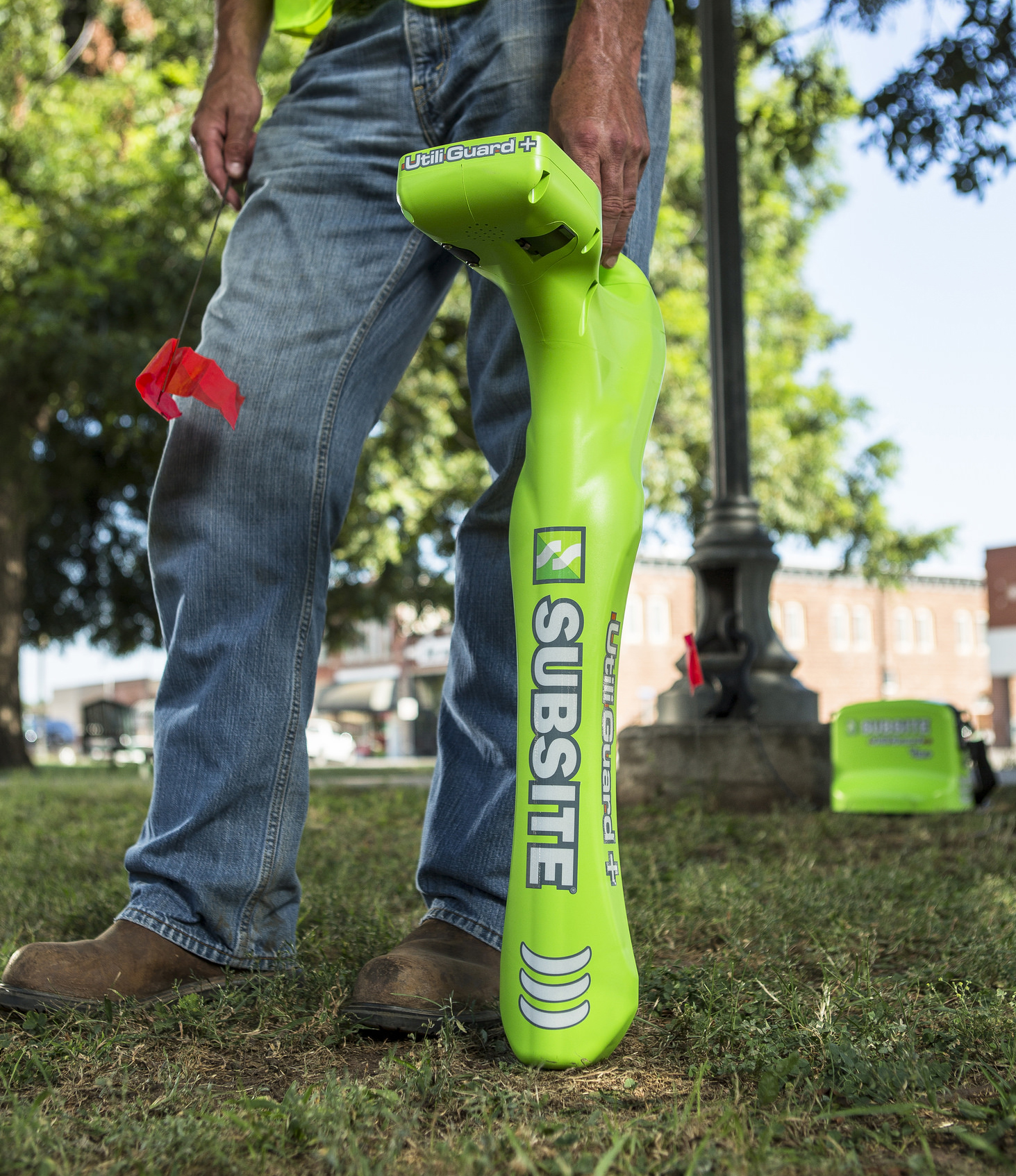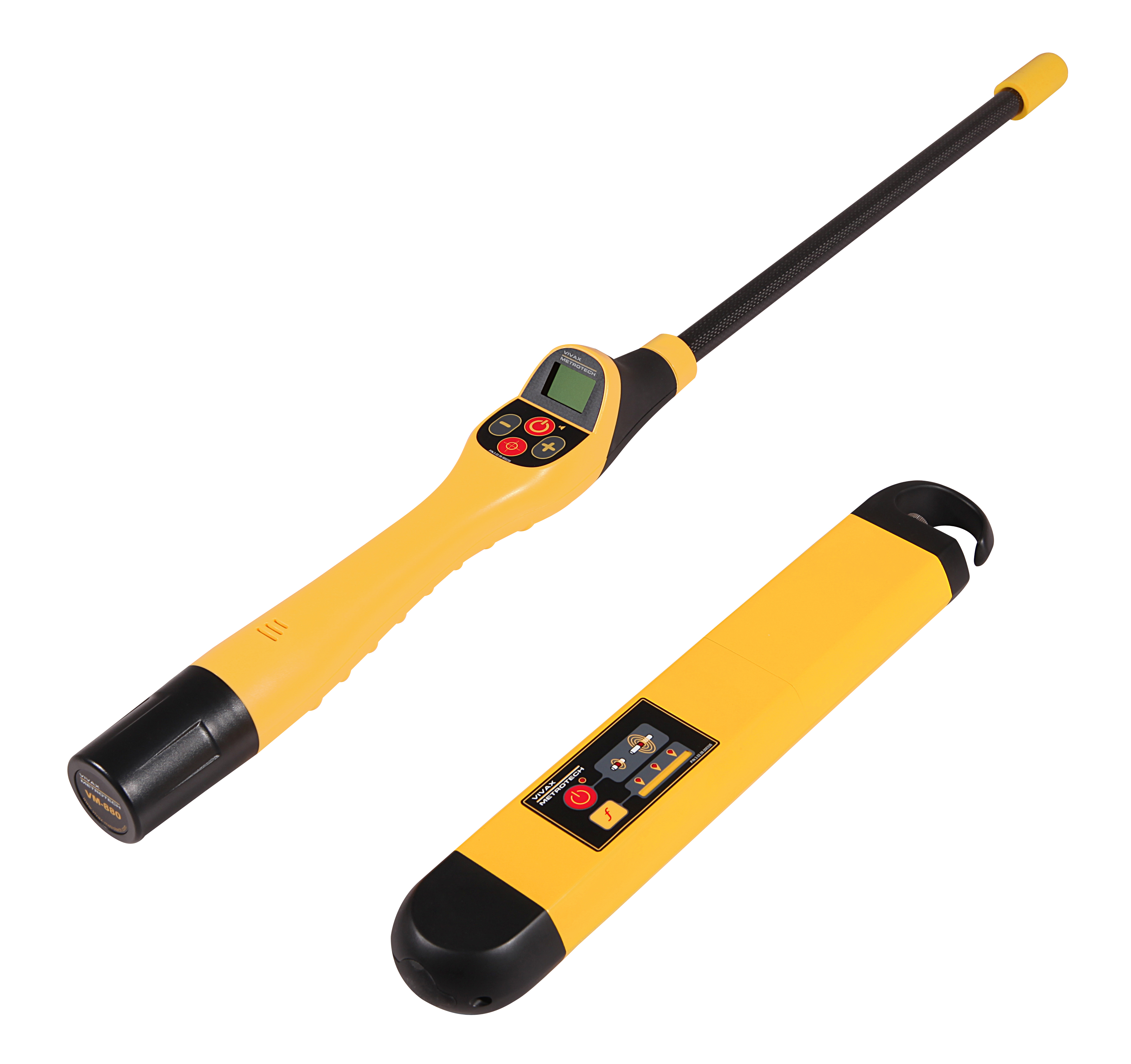Unveiling The Power Of Vermont Utility Line Locators: Your Ultimate Guide
Listen up, folks! If you're dealing with construction projects, landscaping, or even just simple gardening in Vermont, you need to know about vermont utility line locators. These unsung heroes play a critical role in ensuring your safety and preventing costly damages. Whether you're digging a hole for a new mailbox or laying down a foundation for your dream home, understanding how these locators work can save you a lot of trouble.
Think about it this way—if you hit an underground utility line while digging, you're not just risking expensive repairs but also potential injuries or even fatalities. That's where vermont utility line locators come into play. They're like the GPS for underground infrastructure, helping you navigate safely through buried cables, pipes, and more. Stick around because we're diving deep into what these locators are, why they matter, and how to use them effectively.
Now, let's cut to the chase. This guide isn't just some random info dump; it's packed with actionable insights, practical tips, and insider knowledge to help you make the most of vermont utility line locators. So grab a coffee, sit back, and let’s get started on this journey to safer digging!
What Are Vermont Utility Line Locators?
Let’s break it down, shall we? Vermont utility line locators are specialized tools and services designed to identify and mark the location of underground utility lines before any digging begins. These lines include water pipes, gas lines, electrical cables, and telecommunications wires—all hidden beneath the surface. Locators use advanced technology to detect these utilities, ensuring you don’t accidentally strike something dangerous or expensive.
Here’s the deal: digging blindly is like playing a game of underground roulette. You never know what’s lurking beneath the soil. Utility line locators take the guesswork out of the equation, giving you peace of mind and protecting both your project and your wallet. Whether you’re a homeowner, contractor, or landscaper, these locators are your best bet for avoiding costly mistakes.
Why Are Utility Line Locators Important in Vermont?
Vermont’s unique geography and climate make utility line locators even more crucial. The state’s rocky terrain and seasonal freeze-thaw cycles can shift underground infrastructure over time. Add to that the increasing demand for new construction and modernization projects, and you’ve got a recipe for potential disasters if you don’t know what’s underground. Locators help mitigate these risks by providing accurate and up-to-date information about utility locations.
And let’s not forget the legal aspect. In Vermont, as in many states, you’re required by law to call 811 before starting any digging project. This service connects you with professional locators who will mark the utility lines on your property for free. Ignoring this step can result in hefty fines, liability for damages, and even criminal charges in extreme cases. It’s not worth the risk, folks!
How Do Vermont Utility Line Locators Work?
Alright, here’s the science-y part. Utility line locators use electromagnetic signals to detect underground utilities. Most locators consist of two main components: a transmitter and a receiver. The transmitter sends out a signal that interacts with metallic objects underground, while the receiver picks up the reflected signal to pinpoint the location of the utility.
For non-metallic utilities, such as plastic water pipes, locators often use ground-penetrating radar (GPR) technology. GPR sends radar pulses into the ground and analyzes the reflections to create a map of subsurface features. Modern locators are incredibly precise, capable of detecting utilities buried several feet deep with remarkable accuracy.
Step-by-Step Process of Using Locators
Using vermont utility line locators is a straightforward process. Here’s a quick breakdown:
- Call 811: Before you dig, dial 811 to request a professional locator service. They’ll send someone to your site within a few days.
- Wait for Marking: Once the locator arrives, they’ll use their equipment to mark the locations of all underground utilities with flags or paint. Different colors represent different types of utilities (e.g., red for electricity, blue for water).
- Respect the Marks: Never dig within the marked areas until you’ve confirmed the exact location of the utilities. Some services may also provide additional documentation or maps for your reference.
- Proceed Safely: With the utility lines clearly marked, you can proceed with your project without worrying about accidental damage.
Common Types of Utility Line Locators
Not all locators are created equal. Depending on your needs and the specific project, you might encounter different types of vermont utility line locators. Here’s a quick rundown:
1. Electromagnetic Locators
These are the most common type of locators and are ideal for detecting metallic utilities like gas pipes and electrical cables. They work by emitting electromagnetic signals and measuring the response from underground objects. Electromagnetic locators are affordable, easy to use, and widely available for rent or purchase.
2. Ground-Penetrating Radar (GPR) Systems
GPR systems are the go-to choice for detecting non-metallic utilities, such as plastic water pipes or fiber-optic cables. These systems use radar waves to create a detailed image of the subsurface, making them perfect for complex projects where precision is key. However, they tend to be more expensive and require specialized training to operate effectively.
3. Acoustic Locators
Acoustic locators are a bit different. They rely on sound waves to detect utilities, making them useful for identifying water leaks or gas line ruptures. While not as versatile as electromagnetic or GPR systems, acoustic locators are invaluable for specific applications.
Benefits of Using Vermont Utility Line Locators
So, why should you bother with vermont utility line locators? Here are some compelling reasons:
- Prevent Accidents: Striking an underground utility line can cause serious injuries or fatalities. Locators help you avoid these hazards entirely.
- Save Money: Repairing damaged utilities can be incredibly expensive. By using locators, you eliminate the risk of costly repairs and delays.
- Stay Legal: As mentioned earlier, failing to call 811 before digging is against the law in Vermont. Using locators ensures compliance with local regulations.
- Protect the Environment: Accidental damage to utility lines can lead to water waste, gas leaks, and other environmental issues. Locators help preserve Vermont’s natural beauty by preventing such incidents.
Challenges and Limitations of Utility Line Locators
While vermont utility line locators are incredibly useful, they do have some limitations. For instance, older utility lines may not be properly mapped, leading to inaccuracies. Additionally, certain geological conditions, such as high soil conductivity, can interfere with the locator’s signals. That’s why it’s always a good idea to double-check the marked locations using multiple methods if possible.
Another challenge is the skill level required to operate advanced locators like GPR systems. If you’re tackling a large or complex project, consider hiring a professional locator service to ensure accuracy and safety.
Cost Considerations for Utility Line Locators
Let’s talk money. The cost of using vermont utility line locators varies depending on the type of locator and the scope of your project. Calling 811 is completely free, but renting or purchasing a locator can range from a few hundred to several thousand dollars. Professional locator services typically charge by the hour or per project, with prices varying based on the complexity of the job.
Here’s a rough estimate:
- Basic Electromagnetic Locator: $500–$1,500
- GPR System: $5,000–$20,000
- Professional Locator Service: $100–$500 per day
Best Practices for Using Utility Line Locators
Now that you know the basics, here are some best practices to keep in mind:
- Plan Ahead: Always call 811 well in advance of your project to allow time for marking.
- Verify Marks: Double-check the marked locations before starting any digging.
- Use Proper Tools: Invest in quality locators or hire professionals if your project requires it.
- Document Everything: Keep records of the locator markings and any additional documentation provided.
Real-Life Success Stories
Let’s bring it home with some real-world examples. One Vermont homeowner was planning to install a new deck in their backyard. Before starting the project, they called 811, and the locators discovered a hidden gas line running directly through their intended digging area. Thanks to the locators, they were able to adjust their plans and avoid a potentially catastrophic incident.
Another example comes from a local contractor who used GPR to map out the utility lines for a large commercial construction project. The detailed images provided by the GPR system allowed them to plan their excavation with pinpoint accuracy, saving time and money while ensuring worker safety.
Future Trends in Utility Line Locating Technology
The world of vermont utility line locators is evolving rapidly. Advances in AI, machine learning, and drone technology are opening up new possibilities for even more accurate and efficient locating. For instance, some companies are developing autonomous drones equipped with GPR systems that can scan large areas quickly and safely.
Additionally, cloud-based mapping platforms are making it easier to share and update utility data in real time. These innovations promise to revolutionize the way we approach underground infrastructure management in Vermont and beyond.
Conclusion
Alright, that’s a wrap, folks! We’ve covered everything you need to know about vermont utility line locators, from what they are and how they work to their benefits and limitations. Whether you’re a homeowner, contractor, or landscaper, these tools are essential for ensuring safe and successful digging projects.
So, here’s the takeaway: always call 811 before you dig, invest in quality locators for complex projects, and stay informed about the latest trends in locating technology. By doing so, you’ll protect yourself, your property, and the environment while avoiding costly mistakes.
Now it’s your turn! Share your thoughts in the comments below or reach out if you have any questions. And don’t forget to spread the word by sharing this article with your friends and colleagues. Together, we can make Vermont a safer place to dig!
Table of Contents
- What Are Vermont Utility Line Locators?
- Why Are Utility Line Locators Important in Vermont?
- How Do Vermont Utility Line Locators Work?
- Common Types of Utility Line Locators
- Benefits of Using Vermont Utility Line Locators
- Challenges and Limitations of Utility Line Locators
- Cost Considerations for Utility Line Locators
- Best Practices for Using Utility Line Locators
- Real-Life Success Stories
- Future Trends in Utility Line Locating Technology



Detail Author:
- Name : Otho Moen
- Email : [email protected]
- Birthdate : 1979-04-09
- Address : 85969 Murazik Plain Suite 701 Boyleport, WI 94959-4342
- Phone : 1-470-583-9642
- Company : Dickinson Ltd
- Job : Gas Processing Plant Operator
- Bio : Accusamus ex et ab reiciendis aut unde exercitationem. Error sequi mollitia modi qui quae.